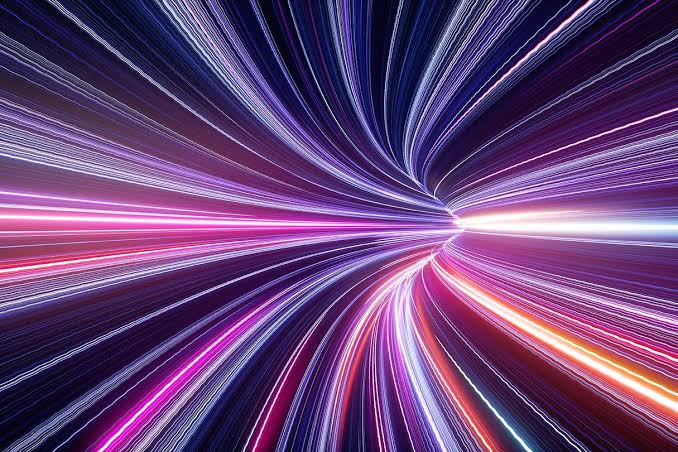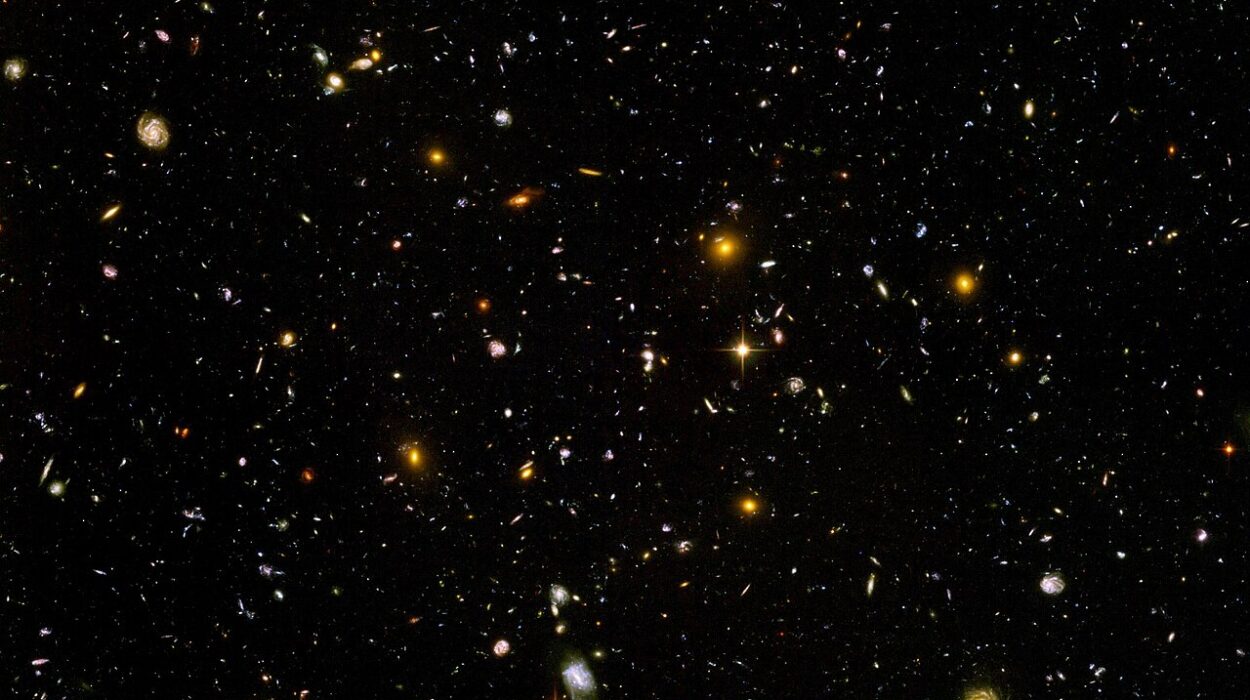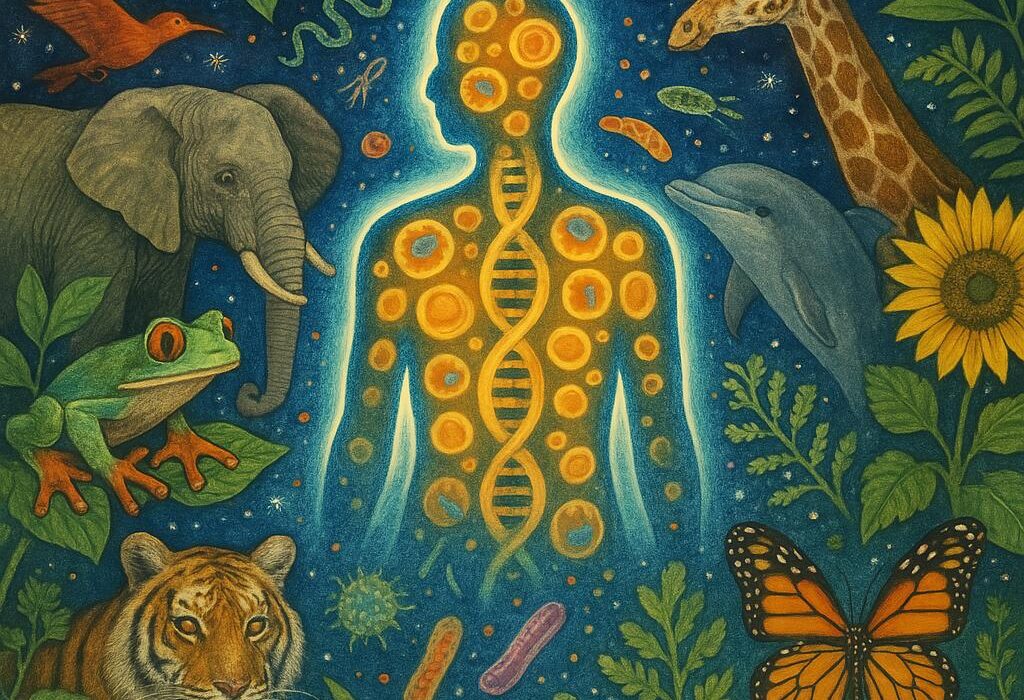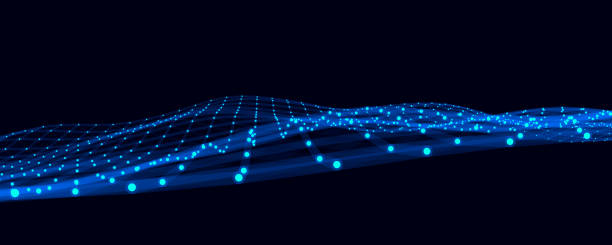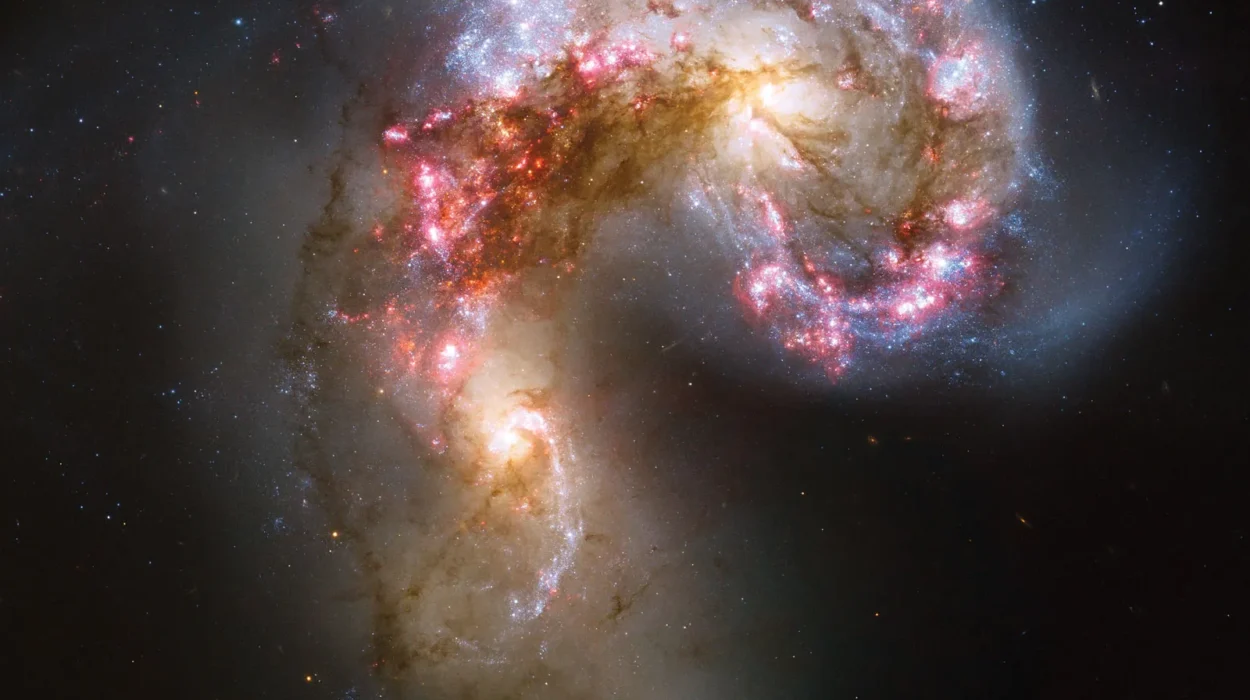Imagine standing in front of a massive stone wall, solid and unyielding. Every instinct tells you it is impenetrable. You can push, run, or slam into it, but the wall remains. Classical physics—the physics of the everyday world—agrees with your intuition: if you lack the energy to climb over or break through the wall, you are stuck. Yet in the strange and invisible world of quantum mechanics, particles are not always bound by such rigid logic.
Electrons, protons, and other subatomic travelers sometimes perform what appears to be a miracle: they pass straight through barriers that, by all accounts, should be impenetrable. This phenomenon, called quantum tunneling, defies our everyday understanding of the universe. It is not a trick or illusion but a fundamental aspect of how nature operates at the smallest scales. Without tunneling, stars would not shine, life would not exist, and modern technologies—from flash drives to medical imaging—would vanish.
The story of quantum tunneling is both scientific and poetic, a journey into the heart of reality where particles behave like waves, where certainty dissolves into probability, and where impossibility becomes possible. To understand tunneling is to glimpse one of the deepest mysteries of the cosmos.
The Strange World of the Quantum
In the early 20th century, scientists began to uncover cracks in the neat edifice of classical physics. Electrons did not orbit atoms like tiny planets around a sun. Light behaved sometimes like a wave, sometimes like a particle. And experiments revealed probabilities where certainty once reigned.
Quantum mechanics emerged to explain these paradoxes. At its heart was the radical idea that particles are not just tiny billiard balls but entities with wave-like properties. An electron, for instance, is described not by a precise trajectory but by a wavefunction, a mathematical expression that gives the probabilities of finding it in different locations.
This wave-like nature introduces new possibilities. Waves can spread out, overlap, and, crucially, leak into forbidden regions. If you throw a ball at a wall, classical physics says it either bounces back or shatters the wall. But a quantum particle, described by its wave, can “smear” against the wall. Part of that wave penetrates the barrier. If the barrier is thin enough or the particle’s energy is close to the barrier’s height, there is a chance—sometimes small, sometimes surprisingly large—that the particle will emerge on the other side.
This is quantum tunneling: the act of slipping through what should be impossible. It is not magic but mathematics, not illusion but inevitability once you accept the quantum rules.
The Birth of an Idea
The concept of tunneling first arose in the 1920s, when quantum mechanics was still young and unsettling. Physicists like Erwin Schrödinger and Werner Heisenberg were developing new mathematical frameworks to describe the atomic world. Schrödinger’s wave equation, in particular, offered a way to calculate the probabilities of particles being in different regions.
In 1926, Friedrich Hund noticed that in certain molecules, electrons seemed to move between regions separated by barriers they had no energy to overcome. Not long after, George Gamow, Ronald Gurney, and Edward Condon independently applied the idea to a mystery at the heart of nuclear physics: how atoms emit radiation.
Heavy atomic nuclei sometimes spit out alpha particles—clusters of two protons and two neutrons. Classically, these particles were trapped inside the nucleus by a massive barrier of nuclear and electrostatic forces. They did not have enough energy to escape. Yet experiments showed they somehow did. Gamow realized the alpha particles were tunneling out, slipping through the nuclear wall thanks to quantum mechanics.
This insight explained radioactive decay and opened a floodgate of understanding. Quantum tunneling was not just a curiosity; it was a fundamental process shaping the universe.
Tunneling in the Heart of Stars
To grasp the true importance of tunneling, look up at the night sky. Every star that glimmers owes its existence to this phenomenon.
Stars shine because of nuclear fusion: the merging of light nuclei into heavier ones, releasing enormous energy in the process. For our Sun, the key reaction fuses hydrogen nuclei (protons) into helium. But there is a problem. Protons are positively charged, and like charges repel each other. The repulsive force between two protons, called the Coulomb barrier, is enormous. At the temperatures of the Sun’s core—millions of degrees—it seems protons should not have enough energy to overcome this repulsion. If classical physics ruled, the Sun would be dark and cold.
Quantum tunneling provides the way out. Protons need not climb over the Coulomb barrier; instead, they can tunnel through it. The probability of tunneling is small, but given the vast number of protons in the Sun and the enormous timescales involved, enough succeed. Fusion proceeds, light is released, and the stars shine. Without tunneling, the universe would be a dark place, devoid of warmth and life.
Thus, every sunrise is testimony to the quiet miracle of quantum tunneling, a reminder that the impossible is happening constantly at the heart of the cosmos.
Through Barriers in Technology
While tunneling rules the hearts of stars, it also governs technologies in our hands. The same phenomenon that allows protons to fuse in the Sun makes possible some of the most advanced tools of modern civilization.
One striking example is the scanning tunneling microscope (STM). Invented in the 1980s, this instrument can image individual atoms on surfaces. It works by bringing an incredibly fine tip close to a material. Electrons tunnel between the tip and the surface, creating a measurable current. By scanning the tip across, scientists can map atomic landscapes with astonishing precision, even manipulating atoms one by one.
Tunneling also powers flash memory used in phones and computers. In these devices, electrons tunnel through thin insulating barriers to store data. Similarly, tunnel diodes exploit the effect to allow electrons to move across barriers in unusual ways, leading to components with unique electrical properties.
And in medicine, tunneling underlies technologies like magnetic resonance imaging (MRI). While the connection is less direct, the principles of quantum mechanics and tunneling allow nuclei in the body to resonate in magnetic fields, producing the detailed scans doctors use daily.
The barrier-crossing behavior of particles is not just an exotic theory; it is woven into the fabric of our technology. Each time you save a file, glance at an atomic image, or undergo an MRI scan, you are benefiting from quantum tunneling.
The Dance of Probability
To truly understand tunneling, one must embrace the probabilistic heart of quantum mechanics. In classical physics, outcomes are certain: a ball either bounces back or breaks a wall. In quantum mechanics, outcomes are weighted by probabilities. The wavefunction describing a particle “leaks” into the barrier, and the mathematics assigns a finite chance of appearing on the other side.
The probability depends on the barrier’s thickness and height, and on the particle’s energy. A thicker or taller barrier reduces the chance; a thinner or lower one increases it. But even when the odds are tiny, nature plays the game countless times. In a star, trillions upon trillions of protons collide every second, and tunneling ensures enough succeed.
This probabilistic nature challenges our intuition. We are used to a world of certainty: doors open or stay shut, walls block or collapse. But at the quantum level, certainty dissolves. Instead, the universe is a tapestry of possibilities, where the improbable not only happens but is essential to existence.
Philosophical Echoes
Quantum tunneling is not just a scientific puzzle; it is a philosophical one. It asks us to reconsider the boundaries between possible and impossible, between deterministic and probabilistic reality.
For centuries, human thought was built on the assumption of cause and effect, of clear barriers and predictable outcomes. The quantum world, with its tunneling and uncertainties, tells a different story. It reveals a universe where chance plays a role, where particles defy classical barriers, and where reality itself seems woven from probabilities.
Some see tunneling as a metaphor for life: when faced with insurmountable obstacles, there may still be hidden paths, subtle ways through that defy conventional wisdom. Just as particles slip through barriers, perhaps human creativity and resilience can find unexpected solutions to seemingly impossible problems.
Einstein himself was uneasy with such interpretations. He famously remarked, “God does not play dice with the universe.” Yet experiments have consistently shown that probability and tunneling are not philosophical whims but physical realities. The universe does, in fact, allow dice to roll at its deepest levels.
Tunneling Beyond Physics
The implications of tunneling reach beyond physics, influencing chemistry, biology, and even the functioning of life itself. In certain chemical reactions, electrons tunnel between atoms, speeding up processes that classical models would predict to be impossibly slow.
In biology, tunneling may play roles in enzyme reactions, photosynthesis, and even the sense of smell. Some researchers propose that when we detect odors, quantum tunneling of electrons in receptors helps distinguish molecules. Life, it seems, has learned to harness the quirks of quantum mechanics for survival and efficiency.
In the vast web of existence, tunneling is not confined to the distant stars or high-tech laboratories; it resonates in the cells of living beings, in the chemical bonds of molecules, in the processes that make breathing and thinking possible.
Barriers of the Future
Quantum tunneling is not a closed chapter but an active frontier of research. As scientists probe deeper into quantum technologies, tunneling continues to inspire innovations. Quantum computers, which promise to revolutionize information processing, may rely on tunneling to manipulate quantum bits in delicate ways.
The challenge, however, lies in controlling tunneling with precision. The same phenomenon that enables memory storage can also cause electrons to leak when they are not wanted, leading to problems in microelectronics. Engineers work tirelessly to design materials and devices that exploit tunneling constructively while minimizing unwanted effects.
The study of tunneling also continues to illuminate mysteries in fundamental physics, from black holes to the early moments of the universe. Some theories even suggest that tunneling plays a role in cosmic inflation or the transitions between different states of the universe. In this sense, tunneling may be not just a process of particles but a principle woven into the very fabric of reality.
The Human Connection
Though deeply technical, quantum tunneling speaks to something profoundly human: our fascination with breaking barriers. Throughout history, humans have sought to cross boundaries—geographic, intellectual, emotional. We dream of reaching beyond limits, of slipping through walls of impossibility.
Tunneling shows us that the universe itself is built on such crossings. Particles, silent and unseen, are constantly doing the impossible. Every breath of air contains molecules shaped by tunneling in stars long ago. Every spark of electricity in our devices relies on tunneling electrons. Every heartbeat, every sunrise, every moment of existence whispers of particles slipping through walls.
There is poetry in knowing that the cosmos itself thrives on defiance, that the laws of physics allow nature to leap where reason says it cannot. It is a reminder that reality is richer, stranger, and more wondrous than our common sense suggests.
Conclusion: The Wall That Was Never Absolute
Quantum tunneling is one of the most extraordinary revelations of modern science. It defies classical intuition yet stands as a cornerstone of quantum mechanics. It explains why atoms decay, why stars shine, why technology works, and why life exists. It teaches us that barriers are not always absolute, that impossibility can sometimes be overcome by hidden paths.
In the end, tunneling is not merely a physical process but a profound lesson. The universe is not limited by the rigid walls of classical thought. Instead, it dances with probabilities, with waves that spread and penetrate, with particles that slip where they should not.
When we imagine a particle tunneling through a barrier, we glimpse something more than physics. We glimpse the resilience of reality itself, the quiet rebellion at the heart of nature. The wall before us may seem solid, but quantum mechanics whispers a deeper truth: sometimes, impossibility is only an illusion.
